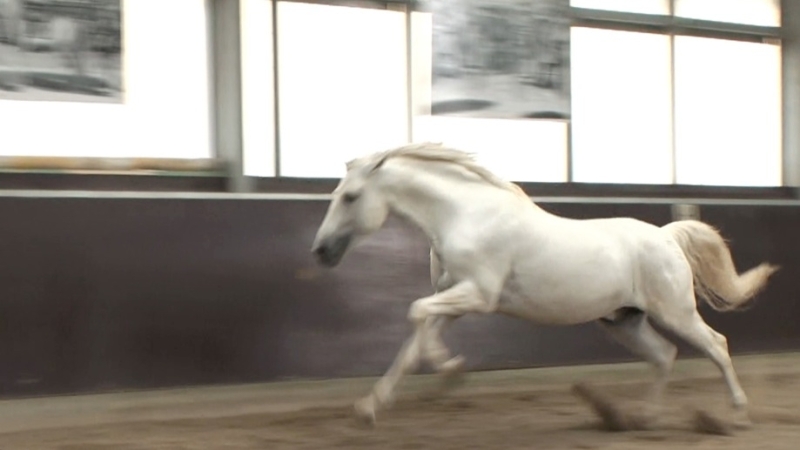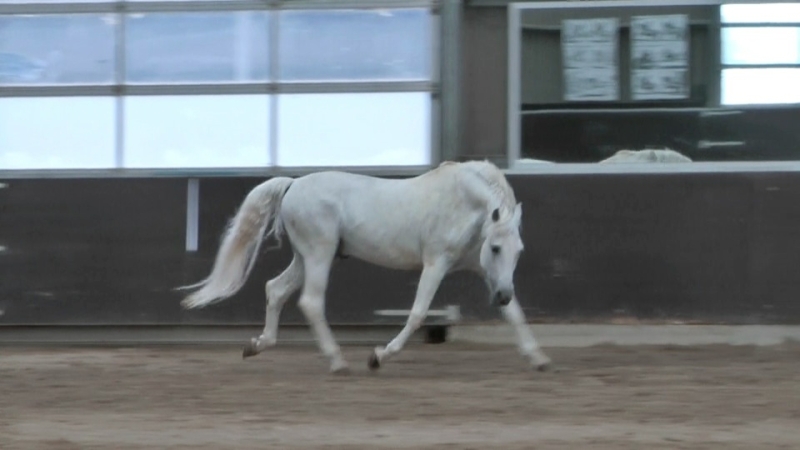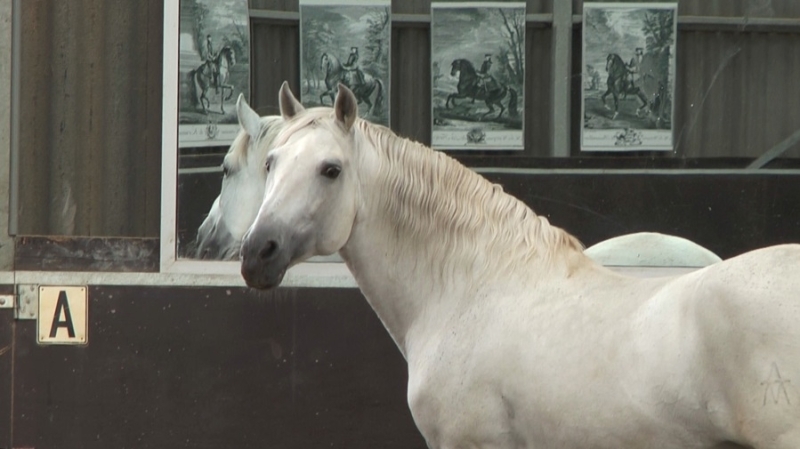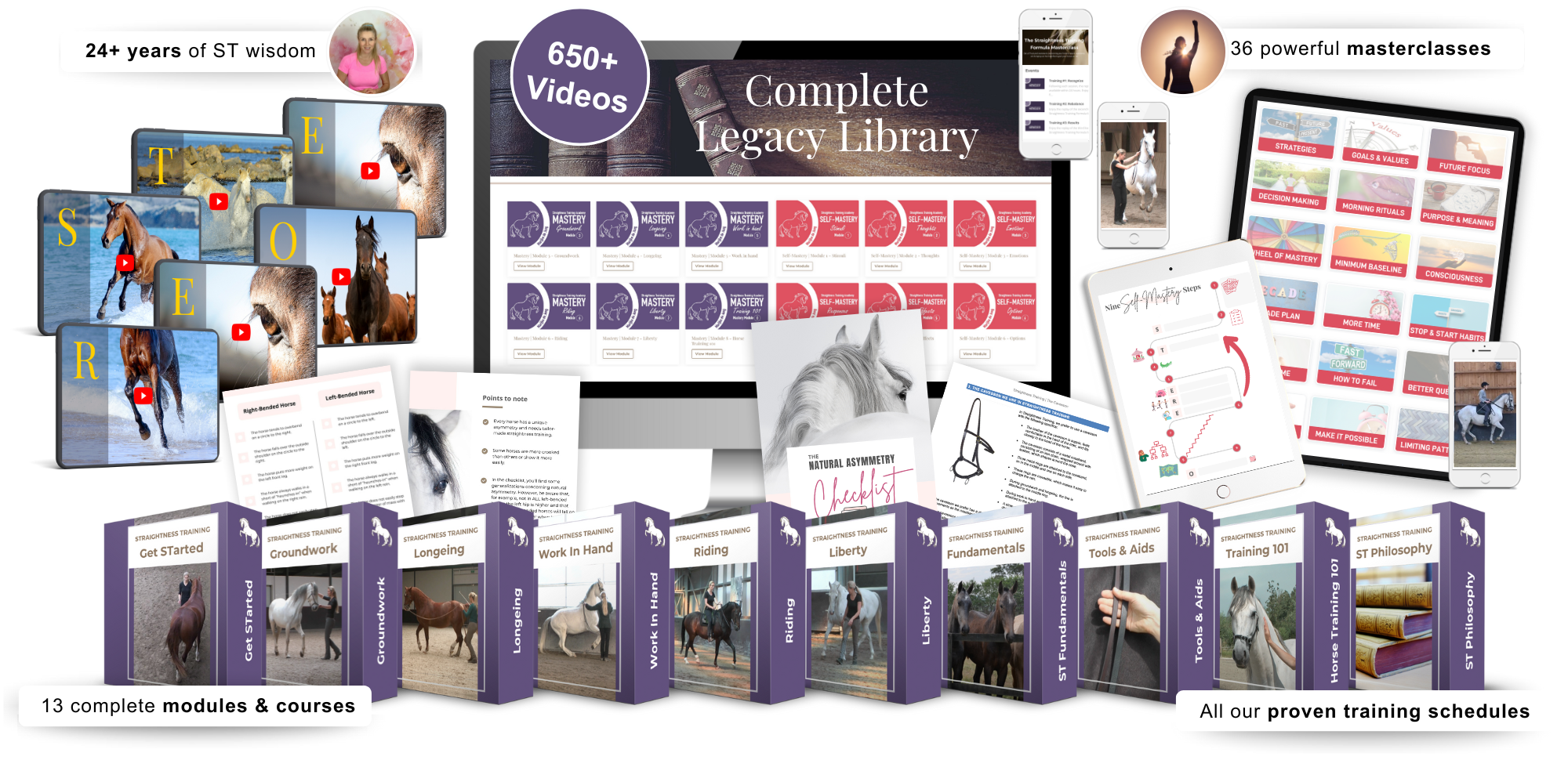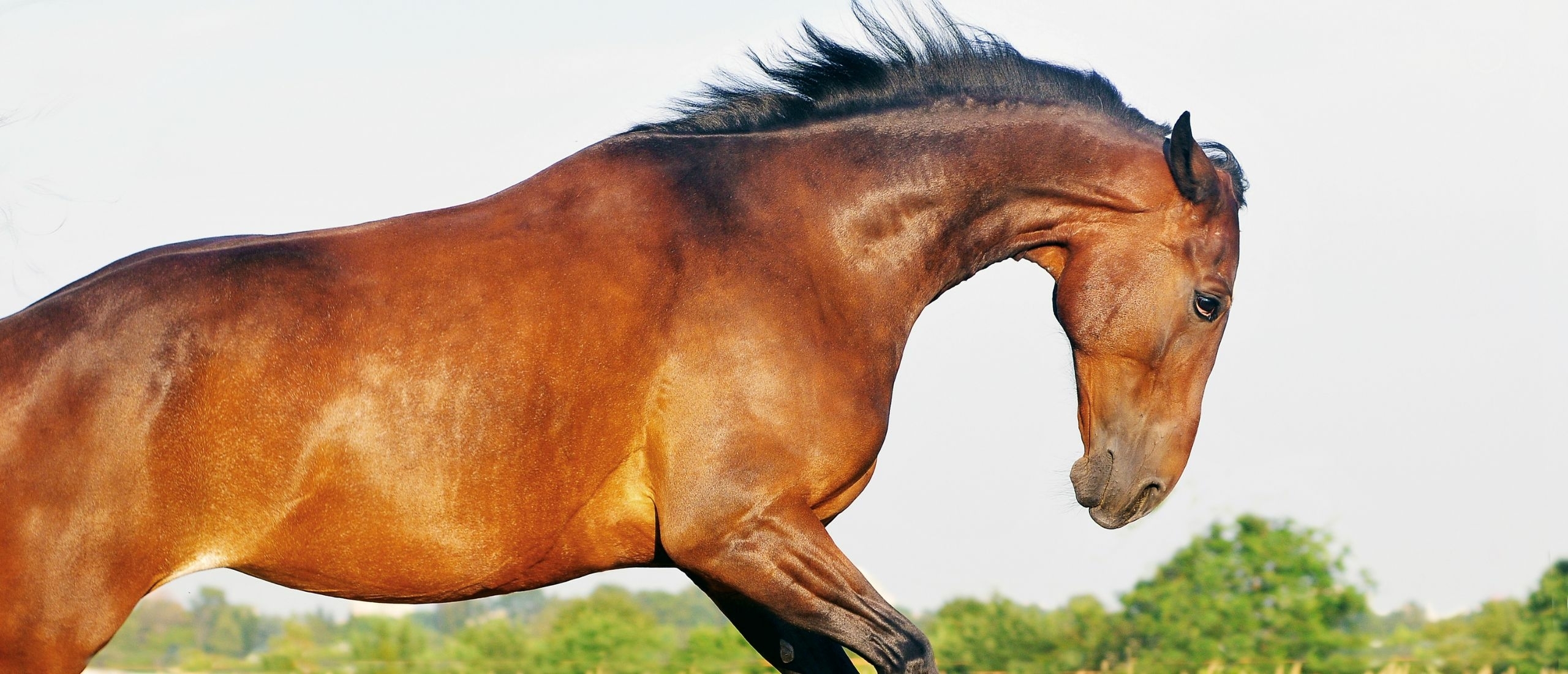
How to figure out the cause of emotional imbalance
Emotional expression as an outward communication of an inner state. It’s important to recognize emotional expressions, because a basic understanding of horse emotions can keep a rider safe.
The primary emotions of a horse are fear and excitement and these emotions are linked directly to instincts and are highly visible.
If a rider knows how to read the emotional expression and the equine body language, s/he is far more likely to recognize the signs of impending danger.
Horses use all body parts to tell others how they feel. One can observe equine emotions by watching ears, eyes, the tail and the body posture.For example:
- When a horse is excited, the tail goes up in the air, the eyes get big and the neck brings the head to attention.
- A horse who flattens his ears and swivels his haunches to face a human is probably going to kick, most likely out of anger or fear.
- Horses communicate irritation very well by kicking, biting, bucking and rearing.
Listen to your horse
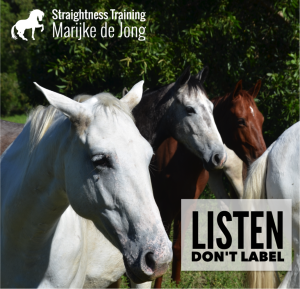 We need to read the horse’s emotions carefully, because that’s the only way he can express himself, since he can’t use words to
We need to read the horse’s emotions carefully, because that’s the only way he can express himself, since he can’t use words to
describe how he feels.
But take care not to label the horse too quickly as ‘dominant’ or ‘naughty’ or ‘he’s out to get you’, if he expresses himself in an imbalanced emotional way.
Because most likely he isn’t ‘dominant’ or ‘naughty’, he’s just expressing discomfort. And we always need to take this discomfort very serious. So listen to your horse rather than labeling him.
How to figure out the cause of emotional imbalance
It’s our job to figure out what the cause is of the emotional imbalance.
Here’s a short checklist to help you figuring out what might be the cause of the emotional imbalance (click on the links below for more detailed information):
- Check if your horse is emotional out of balance because he’s physical out of balance.
- Check if your horse experiences a lack of leadership.
- Check if you are too stressed while being around the horse.
- Check if you don’t meet our horses needs.
It’s our responsiblity to figure out what the cause is, and it’s our job to help our horse to get back in a balanced, emotional state.

